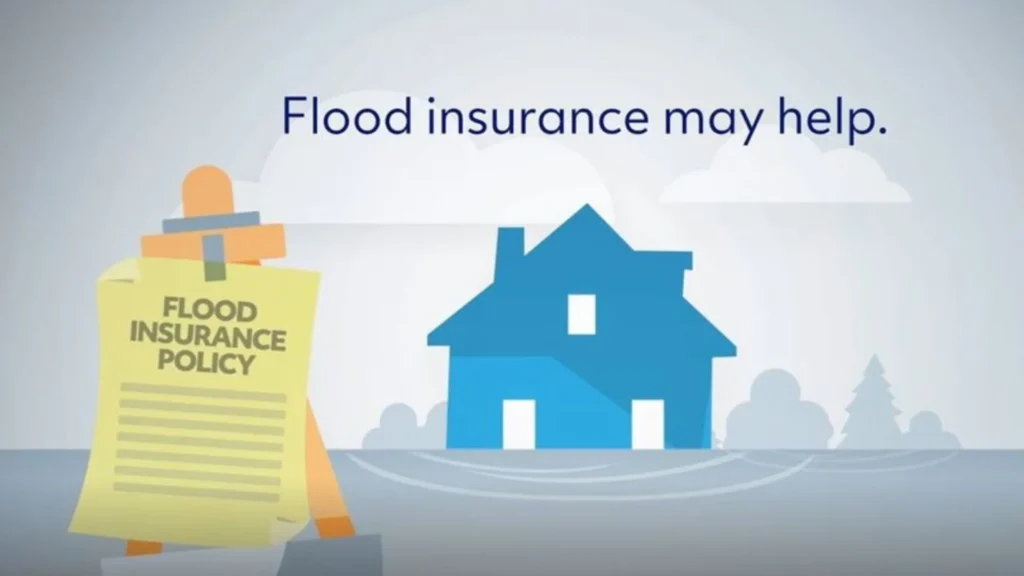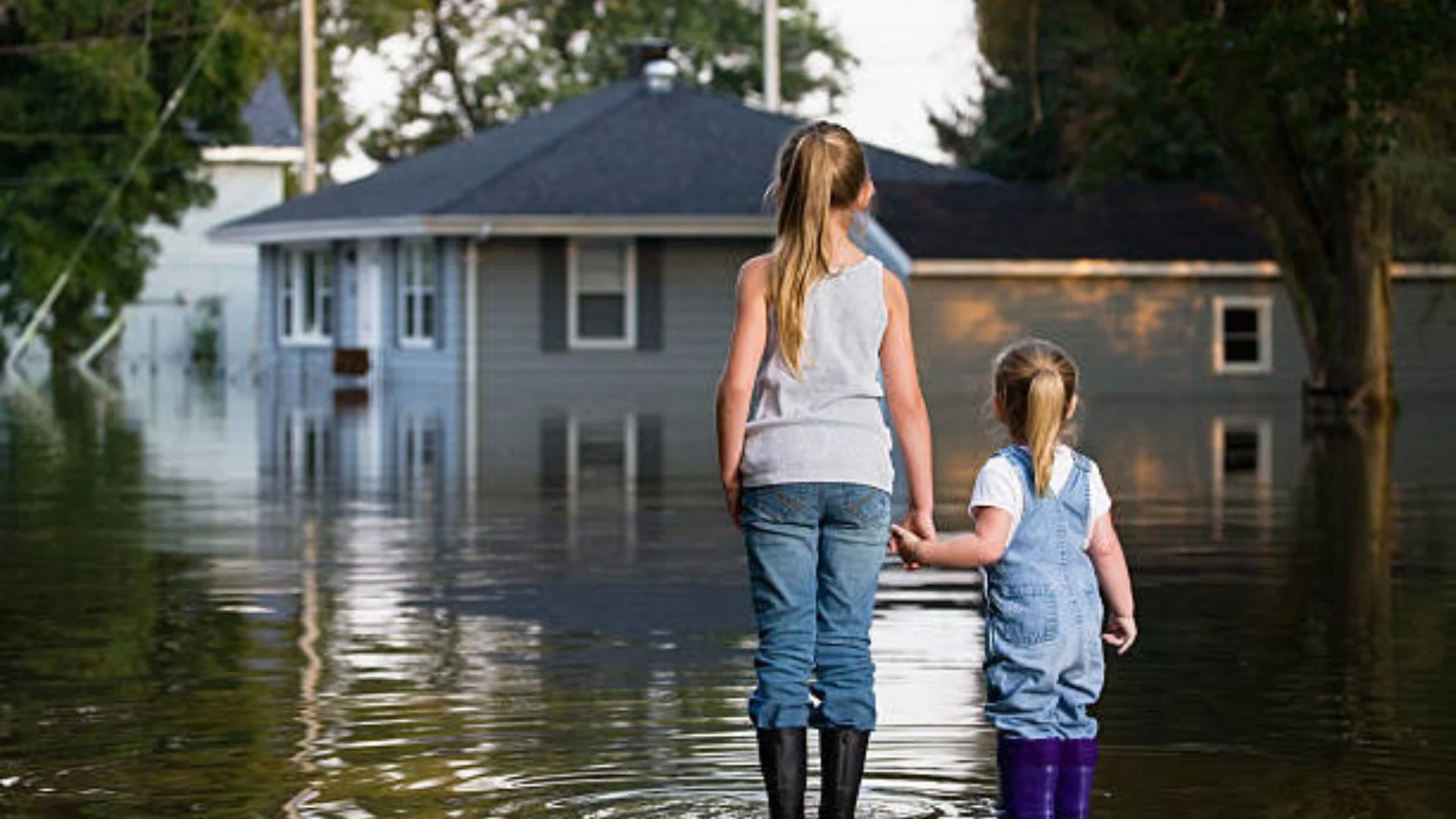Introduction
Flood insurance protection is a critical safeguard for homeowners and businesses alike. Whether you reside in a high-risk flood zone or not, understanding the nuances of flood insurance can prevent financial devastation in the event of a flood.
Types and Categories
Primary Types of Flood Insurance Policies
- Standard Flood Insurance: Offered through the NFIP, covering buildings and contents separately.
- Excess Flood Insurance: Supplements NFIP coverage for properties exceeding federal limits.
- Private Flood Insurance: Policies provided by private insurers, offering customizable coverage options.
Coverage Categories Based on Property Type
- Residential Properties: Coverage for homes, condos, and rental properties.
- Commercial Properties: Protection for businesses and rental units.
- Specialized Coverage: Tailored policies for high-value homes or unique structures.
Symptoms and Signs
Understanding the need for flood insurance is crucial. Signs that highlight this necessity include living in a flood-prone area, recent climate changes, and proximity to bodies of water susceptible to overflowing.
Causes and Risk Factors
Factors Contributing to Flood Damage
- Weather Events: Heavy rainfall, hurricanes, and rapid snowmelt.
- Geographical Factors: Proximity to rivers, lakes, or coastal areas.
- Infrastructure: Drainage system inefficiencies and urban development impacts.
Geographical and Climate-Related Risks
- Coastal Areas: Vulnerable to storm surges and tidal flooding.
- Inland Regions: Flash floods due to intense rainfall or river overflow.
Diagnosis and Tests
Evaluating flood risk involves assessing FEMA flood maps, property elevation, and historical flood data. These factors determine insurance requirements and coverage premiums.

Treatment Options
Actions Taken After Flood Damage
- Claims Process: Filing insurance claims promptly.
- Restoration Services: Hiring professionals for cleanup and repairs.
- Mitigation Efforts: Implementing measures to prevent future damage.
Preventive Measures
Steps to Minimize Flood Risks
- Elevation: Raising structures above flood levels.
- Drainage Systems: Installing effective drainage and sump pumps.
- Insurance Review: Regularly assessing coverage adequacy.
Personal Stories or Case Studies
Real-life scenarios illustrate the importance of flood insurance. Stories of homeowners recovering from flood damage showcase the value of proactive insurance planning.
Expert Insights
Insights from insurance professionals emphasize the need for comprehensive coverage tailored to individual risk profiles. Experts recommend reviewing policies annually and staying informed about flood risks.
Conclusion
In conclusion, flood insurance protection is an essential investment for safeguarding homes and businesses from unpredictable natural disasters. By understanding coverage options, assessing risks, and implementing preventive measures, individuals can mitigate financial losses and secure their properties effectively.
